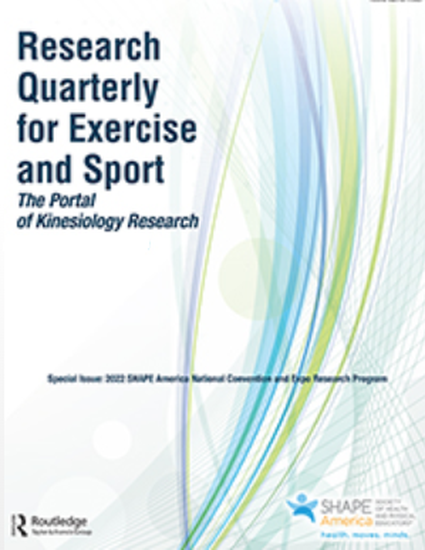
The purpose of this study was to qualitatively examine factors related to physical activity adherence to understand why women continue to participate in long-term exercise after completing a structured exercise program. Data were collected from focus groups, interviews, and e-mails, and analysis used grounded theory. The central category related to physical activity adherence was self-worth. Motivation, activity enjoyment, priorities, body image, ability to access support, and self-regulation skills had an impact on the self-worth of nonadherers and adherers. Women must value themselves enough to continue to participate in physical activity once they start. Exercise and fitness professionals are encouraged to use strategies to increase self-worth and long-term adherence to physical activity. Some recommended strategies include (a) increasing motivation and enjoyment relative to activity, (b) making activity a high priority in a woman’s life, (c) improving or deemphasizing body image, (d) increasing a woman’s ability to access support, and (e) facilitating the use of self-regulation strategies. This study is the first to examine qualitative perspectives of exercise adherence among women who completed a structured exercise program. Several concepts related to adherence presented in the quantitative literature are confirmed and enhanced in this study.
Available at: http://works.bepress.com/lynda_ransdell/20/
